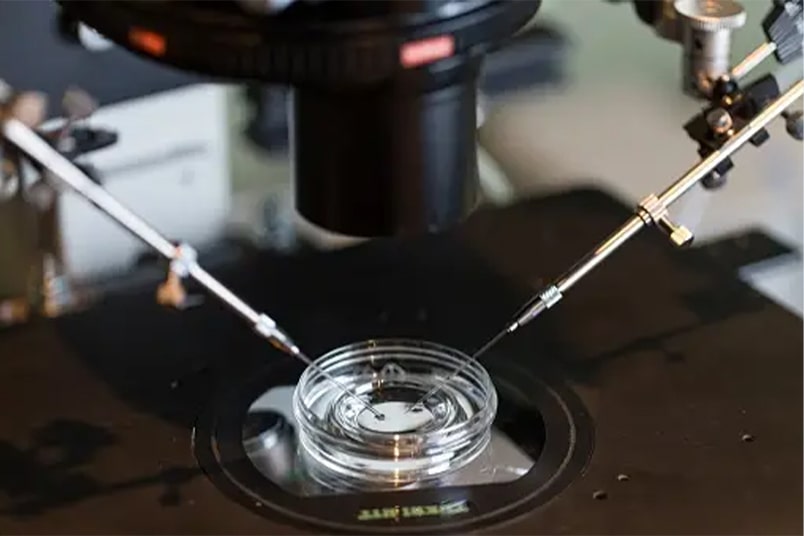In vitro maturation (IVM) is an innovative reproductive technology primarily used in assisted reproductive techniques, such as in vitro fertilization (IVF). This procedure allows for the maturation of oocytes (egg cells) outside the body, offering an alternative to traditional IVF methods that typically require hormonal stimulation and the retrieval of mature oocytes from ovaries. Here’s a comprehensive overview of IVM, its benefits, processes, and considerations.
What is In Vitro Maturation?
IVM involves the collection of immature oocytes from a woman’s ovaries, which are then matured in a laboratory setting. This process is particularly beneficial for women who may not be able to undergo ovarian stimulation due to medical conditions, or age, or those who wish to preserve their fertility without the hormonal risks associated with stimulation protocols.
The IVM Process
The IVM process can be broken down into several key steps:
Oocyte Retrieval: Unlike traditional In vitro fertilization, where hormonal stimulation prompts the ovaries to produce multiple mature eggs, IVM allows for the retrieval of immature oocytes from follicles in the ovaries without prior stimulation. This is done using ultrasound-guided transvaginal aspiration.
Culture of Oocytes: After retrieval, the immature oocytes are placed in a specially formulated culture medium that mimics the natural conditions of the ovarian environment. This medium contains hormones and growth factors that facilitate the maturation process.
Maturation: The oocytes are incubated for a specific duration, typically ranging from 24 to 48 hours, during which they undergo maturation. During this time, they develop the ability to be fertilized and to support early embryonic development.
Fertilization: Once matured, the oocytes can be fertilized using sperm through standard IVF techniques, including conventional insemination or intracytoplasmic sperm injection (ICSI).
Embryo Transfer: After fertilization, the embryos are cultured for several days before being transferred to the woman’s uterus, where they can implant and potentially result in a pregnancy.
Benefits of IVM
IVM offers several advantages over traditional IVF:
Reduced Hormonal Exposure: Since IVM does not require ovarian stimulation, women are exposed to fewer hormones, reducing the risk of complications like ovarian hyperstimulation syndrome (OHSS).
Cost-Effectiveness: IVM can be more cost-effective than conventional IVF, as it eliminates the need for hormonal treatments and their associated costs.
Preservation of Ovarian Function: By avoiding extensive hormonal treatments, IVM may help preserve the ovarian reserve and overall ovarian health.
Considerations and Challenges
Despite its advantages, IVM also presents certain challenges:
Lower Success Rates: The success rates of IVM are generally lower compared to traditional IVF, primarily due to the maturation of immature oocytes and the selection of viable embryos.
Specialized Training: The IVM process requires specialized knowledge and expertise. Not all fertility clinics offer IVM, making it important for patients to seek centers with experience in this technique.
Limited Research: While IVM shows promise, ongoing research is necessary to fully understand its long-term outcomes and optimize protocols for different patient populations.
Conclusion
In vitro maturation (IVM) represents a valuable option for women seeking fertility treatment, particularly those who prefer a less invasive approach to oocyte retrieval. By enabling the maturation of oocytes in a controlled laboratory environment, IVM can help overcome various reproductive challenges while minimizing hormonal exposure. As research continues to advance, IVM may become an increasingly viable alternative in the realm of assisted reproductive technologies, providing hope for many aspiring parents.
